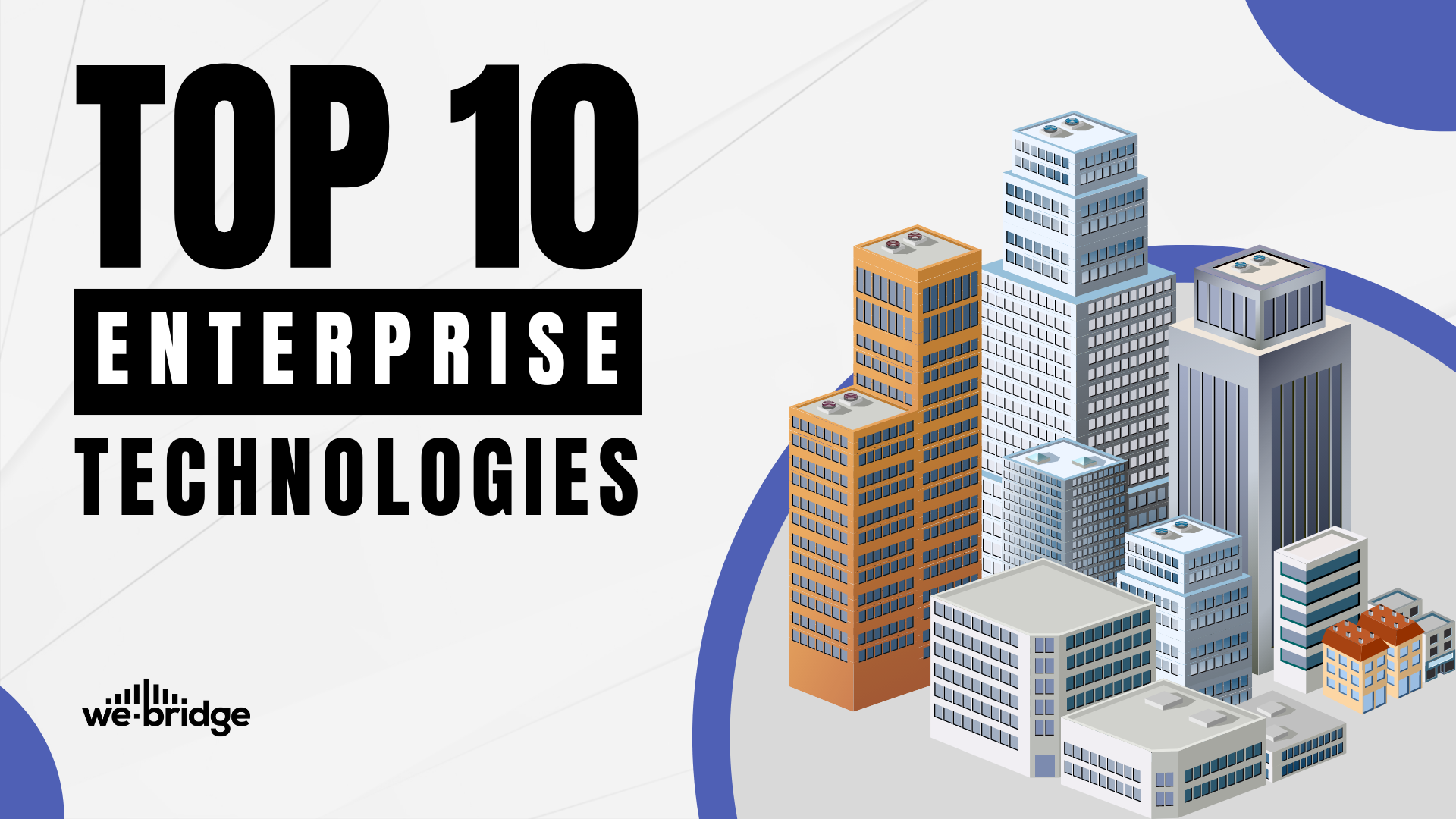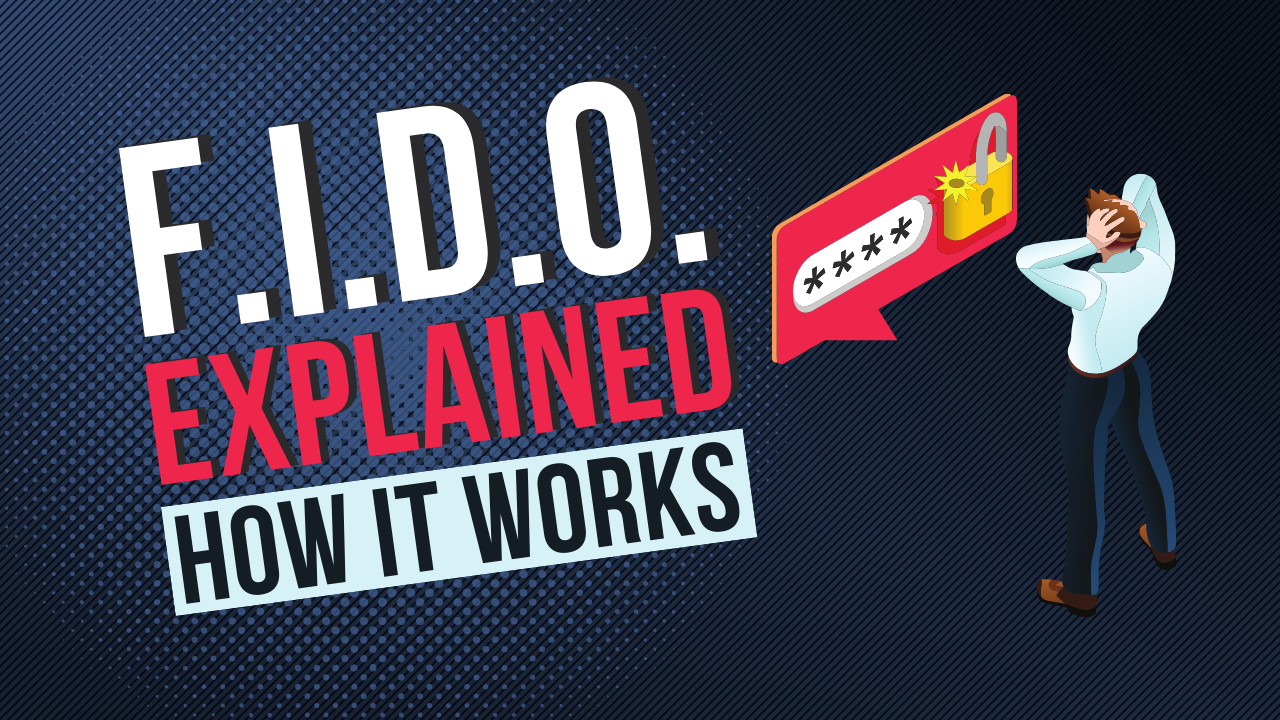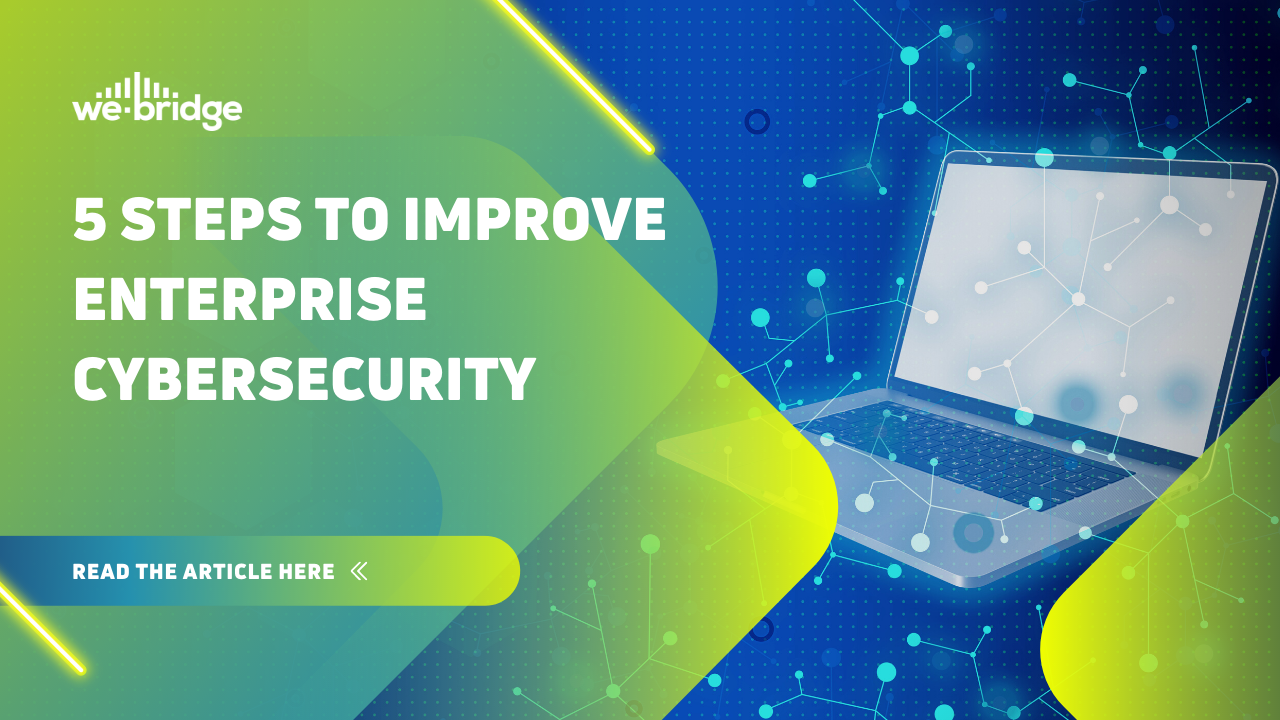The cybersecurity tech stack has been spiraling out of control for years now. Even before the rise of industrialized ransomware-as-a-service providers, enterprise security leaders had too many vendors in their tech stacks. Now, the average enterprise deploys an average of 45 different security solutions at any given time.
In the world of information security, more does not necessarily mean better. Having many different cybersecurity solutions working together can easily create gaps in your overall security posture. In many cases, these gaps are nearly invisible – it would take a full audit to uncover them. But that doesn’t mean cybercriminals are equally unaware of them.
Today’s most secure enterprises concentrate their limited time and resources on implementing best-in-class solutions from reputable, trustworthy vendors. Quality, not quantity, is vital for adequately protecting your organization from cyberattack.
For enterprise security leaders, navigating dozens of different technologies is a steep challenge. Finding a set of security solutions that don’t interfere with one another is easier said than done. To that end, we’ve collected a list of high-performance security technologies that work in complementary ways, giving IT leaders a clear reference point for building out their stack.
Top 10 Security Solutions on Enterprise IT Leaders’ Radar in 2022
1. Exabeam SIEM
Security information and event management is a core functionality in the modern enterprise security framework. In order to accurately keep tabs on an increasingly complex attack surface, analysts need to be able to collect and interpret log data from across the entire organization. Early SIEM solutions evolved to meet this need, providing valuable insight on external threats and risk factors.
Exabeam takes the SIEM concept one step further. Instead of comparing log activity to a static set of security rules and policies, it uses user entity and behavioral analytics to verify authenticated users against an internal baseline of authorized activity. This enables Exabeam to identify insider threats and malicious activities that static rules-based SIEMs cannot see, making it a valuable addition to any complex enterprise.
2. Anomali ThreatStream
SIEM vendors typically include a generic set of threat indicators in their software’s default configuration. These provide the indicators of compromise that analysts match against observed activity on the enterprise network. The more accurate and comprehensive they are, the better.
Anomali ThreatStream is a threat intelligence service that integrates real-time threat activity data with SIEM log capture and analysis capabilities. Instead of matching user activities against hundreds of well-known threat indicators, you can match those activities against a timely, curated list of tens of thousands of indicators collected from across the world.
3. Palo Alto Networks Cortex XDR
Extended Detection and Response (XDR) goes beyond the limitations of traditional endpoint detection and response systems. It provides proven endpoint protection that can block sophisticated malware and prevent fileless attacks while extending that coverage using behavioral analytics and valuable investigative toolsets.
Analysts can use Palo Alto Cortex XDR to quickly investigate threats and gain a comprehensive understanding of the tactics and techniques used. They can orchestrate coherent responses to these attacks while maintaining compliance with applicable incident management regulations. Cortex is a powerful and accurate tool for orchestrating and executing successful incident response playbooks in the enterprise IT environment.
4. OneMorePass
Security doesn’t always have to come at the cost of usability. OneMorePass is a technology that updates one of the most overlooked aspects of enterprise security – the password. Even if your password policies are up-to-date, that’s no guarantee that employees and users are adequately taking care of their password habits. They may still reuse passwords across devices, write them down on paper, or share them between account holders.
OneMorePass secures enterprise systems from many of the weaknesses associated with bad passwords. It uses the Fast Identify Online (FIDO) framework to establish dual-factor authentication mechanisms that continuously validate users without interrupting the user experience itself. These authentications typically use a mobile device to register fingerprint, voice, or facial recognition data to ensure a secure environment.
5. Resec CDR
Content Disarm and Reconstruction is one of the most successful prevention-based technologies available to the modern enterprise. Instead of allowing incoming files to move throughout the network, Resec CDR scans the incoming file and rebuilds a perfectly identical one in the same format as the original. If there are malicious scripts included in the original, they are automatically left out by the rebuilding process – even if they’re undetected.
Previous generations of CDR technology created “flattened” files with significantly reduced usability – essentially image files of the source document. Resec provides a fully functional sanitized copy of all incoming files that matches the content and format of the original. With Resec, an incoming spreadsheet will retain its internal structure and metadata and remain fully editable, the way it should be.
6. DeltaForce
Robust security architecture relies on high-quality development and maintenance routines. In an enterprise environment, that means keeping track of multiple languages and technologies through an increasingly complex knowledge base system. Keeping that system up to base is not easy, especially if you have to do it manually.
DeltaForce is a solution that streamlines the process of updating and maintaining enterprise knowledge base content. It automatically imports source files and database schema, then identifies the object-level dependencies they share. This eliminates the need to manually manage object dependencies and build knowledge base data from scratch, making it much easier to identify and secure enterprise vulnerabilities.
7. Microsoft PowerBI
Data visualization is a critical aspect of data-driven enterprise culture. Security leaders can’t achieve results if they’re unable to demonstrate the value of the tasks they undertake and influence others to become more conscientious about their own security habits. Microsoft PowerBI is a data visualization tool that helps security leaders motivate users and other stakeholders to play their part achieving overall security goals.
Real-time analytics enable security leaders to show executives and shareholders how their decisions impact the company’s bottom line. They provide ample data into how security decisions impact productivity, and help make a clear case for continuing security investment to successfully protect against new and evolving threats.
8. DataHawk
Data lineage is critical to effective governance. In order to ensure data flow throughout the organization follows local and national regulation, you must be able to track how that data actually moves through each step in the enterprise workflow. DataHawk gives security leaders insight into how data moves between enterprise departments and what kinds of transformations it undergoes in the process.
This enables the enterprise to break down organizational silos, increase productivity, and simplify compliance management. It also reduces the risks associated with change management, and ensures low-quality data doesn’t interfere with high-level decision-making.
9. Wazuh
Wazuh is an open-source security platform that has an important role to play in the modern enterprise. Remote work has become a hallmark of the post-pandemic workplace, and many security leaders are still working through the impact remote-enabled teams have on security operations.
Remote log management is one of the key use cases for Wazuh’s open-source security platform. Organizations with a highly diverse, distributed team of employees spread out across the globe can use Wazuh to standardize data collection and curation so that analysts have access to ready-made logs that are easy to interpret without delay.
10. CheckPoint CloudGuard
Cloud-enabled workflows are becoming increasingly common among large enterprises. While cloud infrastructure is notably more secure than most on-premises solutions, it does present several unique vulnerabilities that information security leaders must address. Relatively few vendors focus specifically on containerized workflow security, which makes it attractive to ambitious, technically proficient cybercriminals.
CheckPoint CloudGuard provides threat prevention capabilities specifically suited to containerized applications common to DevOps pipelines. Agile enterprises need a solution like CloudGuard to prevent unsecured DevOps workflows from impacting production environments and creating avoidable vulnerabilities in their security posture.
Select Your Security Tech Stack With Care
Optimizing your tech stack is one of the greatest responsibilities a security leader must shoulder. A robust, well-integrated set of solutions will reliably prevent cyberattacks and mitigate data disasters. An ill-chosen selection of technologies will have the opposite effect, and it’s hard to predict exactly how a dozen different technologies will interact with one another in a given environment. Take care to select and test high-quality technologies you can rely on to work together seamlessly. Contact us today to implement the best enterprise technologies with ease.


